What is dry eye treatment? How long does it last?
Depending on the cause and the characteristics of the patient, dry eye may require different custom-designed treatments. Beyond artificial tears (preferably made from hyaluronic acid and without preservatives) and lubricating ointments, there are specific preparation treatments in our hospital pharmacy such as cyclosporine 0.05% and autologous serum depending on the severity of the dry eye and its cause.
At the first level are education and environmental/dietary modifications: such as, for example,
Point out the importance of increasing the blink frequency and avoiding factors that increase evaporation, such as exposure to the wind without sunglasses or to environments with low humidity and avoiding being surrounded by toxins such as tobacco smoke.
In addition, it is important to prevent and treat eye allergies.
Review of systemic medications that can aggravate dryness, such as various anxiolytics and diuretics.
Use of preservative-free artificial tears, including gels and ointments. Despite many formulations on the market, there is no "ideal tear" due to the great complexity of normal tears.If no improvement is achieved with these measures, it will be necessary to switch to anti-inflammatory drugs, vitamins, and, in a third step, eye drops made from the patient’s blood, such as autologous serum.
The pathological processes that produce dry eye are generally irreversible, so it is important to know that DED treatment is long-lasting and usually for life due to the chronic, progressive and slow nature of this pathology. There will be moments of worsening or improvement, but it is always necessary to maintain a basal treatment.
Dry eye or dry eye syndrome is a common eye disorder that occurs when there is a lack of lubrication and wetting of the eye’s surface (cornea, conjunctiva, and tear film). This occurs because the eye does not produce the necessary tears to maintain good hydration and lubrication, or the tears are of poor quality.
This syndrome, also known as keratoconjunctivitis sicca, affects around 5 million people in our country and is treated by the Department of Cornea.
What is dry eye?
Dry eye is a chronic syndrome that can cause discomfort to those who suffer from it, and, in more serious cases, it can cause severe visual problems and damage to the ocular surface.
The low production of tears or their poor quality is due to a poor function of the meibomian glands, located in the upper and lower eyelids. These sebaceous glands are the ones that secrete lipids that serve to hydrate and lubricate the eyes and, at the same time, prevent tears from evaporating the tear film that covers and protects the eye.
Causes and associated factors
Today dry eye affects many people and is one of the most frequent disorders in ophthalmological consultations.
There are several factors associated with this syndrome:
Advanced age: over the years, the tear loses quality and does not
hydrates the eye properly.
Indoor environmental factors, such as the use of air conditioners and heaters.
External environmental factors, such as wind or pollution.
Hormonal changes affect mostly women (menopause).
Dermatological disorders, such as rosacea.
Frequent use of contact lenses.
I was taking drugs, such as antidepressants, anxiolytics, contraceptives, or antihistamines.
We are using electronic devices for long periods.
I have undergone eye surgery, such as laser refractive surgery.
Travel frequently by plane.
Treatment with chemotherapy or radiation therapy.
Bad eating habits.
I suffer from certain systemic or autoimmune diseases, such as diabetes, fibromyalgia, lupus, rheumatoid arthritis, etc.
Eyelid problems, such as blepharitis.The symptoms of dry eye syndrome, in addition to dry eyes, are usually:
Burning and burning
Eye redness
Heaviness in the eyelids
Eye pain
Sensitivity to light (photophobia)
Gritty sensation
Blurry vision
Eyestrain makes everyday tasks like reading or driving difficult.
Inflammation and irritation of the eyes.These symptoms can worsen due to environmental factors, and, in case of presenting one or more of them, it is necessary to go to the ophthalmologist as soon as possible.
Dry eye diagnosis
To diagnose dry eye syndrome, it is necessary to carry out an exhaustive study of the symptoms presented by the patient and perform the ophthalmological tests that the specialist deems necessary.
Some Diagnostic tests are:
Review of the eyelids to know the frequency of blinking and the production and quality of tears.
Check the state of the meibomian glands.
Contrast study to verify the condition and sensitivity of the cornea.
Biopsy of the surface of the eye.
Blood tests to rule out an associated immune disease.As it is a chronic disease, the treatment for dry eye will be long-term. In addition, it will be established after conducting an individualized assessment of each case and studying the patient’s history.
Treatments prescribed for patients with dry eye usually include:
Proper hygiene of the eyelids. In this way, excess secretions that can cause other associated eye conditions (blepharitis) are eliminated.
Use of artificial tears. This type of treatment will help keep your eyes moist and lubricated.
Use of anti-inflammatory or antibiotic eye drops and taking corticosteroids.
Exfoliation of the eyelids to remove the residues caused by peeling and bacteria accumulated due to the lack of tears.
They are probing the meibomian glands to open the tear duct and remove the secretions accumulated inside.
Blockage of the tear ducts with silicone/gel plugs in the tear duct so that natural tears remain in the eye longer.Tips to prevent dry eye
We can take preventive measures to avoid and alleviate the risk factors that cause dry eye syndrome.
Try to avoid environmental causes. Prolonged use of air conditioners and heaters should be avoided as much as possible. In addition, it is recommended to protect your eyes with protective glasses, rest your eyes to avoid eyestrain, use humidifiers, etc.
Follow a healthy diet rich in omega 3 fatty acids to improve the quality of tears.
Abandon unhealthy habits that impact the eyes, such as smoking.
Rest your eyes after activities such as reading or using screens, which affect the blink rate.
A good cleaning of the eye area, especially the eyelids.
Use lubricating gels or artificial tears to keep our eyes hydrated at all times.In any case, it will always be necessary to go to the ophthalmologist to establish a personalized treatment if we notice any symptoms or discomfort in the eyes.




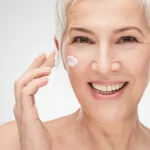
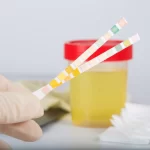
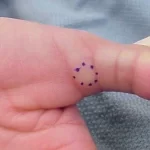
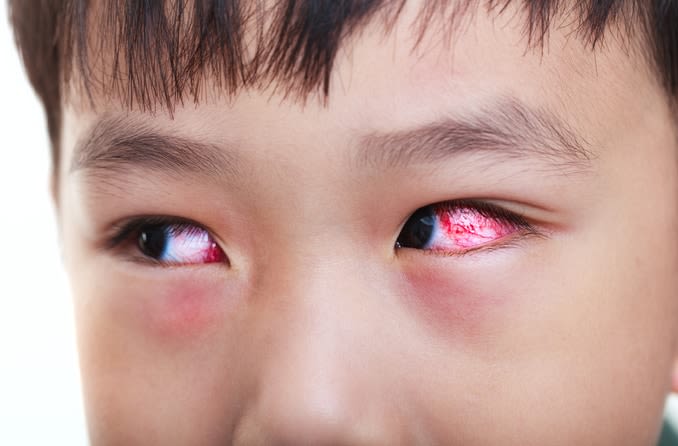
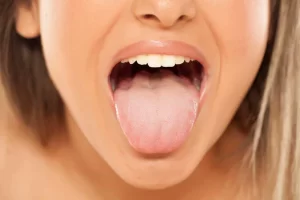








Add Comment